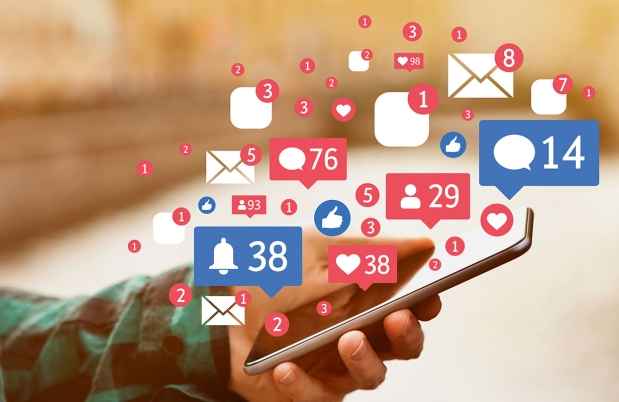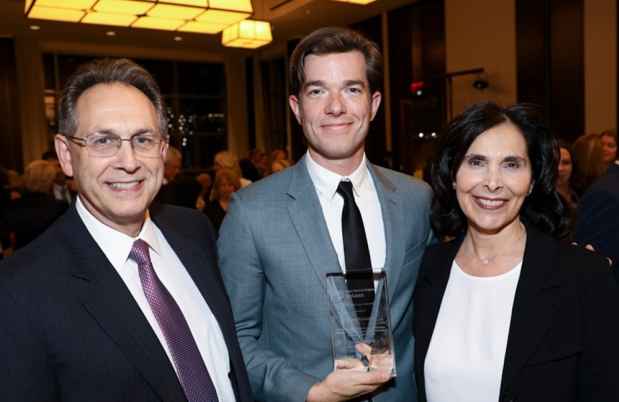The first 30 days following a period of psychiatric treatment can be treacherous. Patients have left the supportive, highly structured environment of the hospital, with its singular focus on recovery, to return to the same old stressors. They also have to navigate new stressors, such as explaining their absences to colleagues. And transitioning to a new outpatient therapist can be fraught. Not surprisingly, that first month is the time when people are at the greatest risk for relapse, re-hospitalization, and suicide.
“Patients often talk about how difficult it is to leave our program—the Behavioral Health Partial Hospital Program or BHP—because there aren’t a lot of resources out there to help them continue doing what they have learned,” said psychologist Courtney Beard, PhD, co-director of clinical research at BHP. “At our program, they are exposed to gold-standard, evidence-based treatments, which can be harder to access in the community.”
Beard and her collaborators at the BHP—a short-term, intensive day program for people with a variety of severe mood and anxiety disorders—plan to pilot a program in the next year that will help their patients safely navigate that risky transition. BRIDGE, short for Building Resiliency by Increasing Daily Goals and Engagement (BRIDGE), is a smartphone-delivered intervention that helps people deploy the skills they learned during treatment. Beard has applied for a grant from the National Institute of Mental Health to fund the program, which would put a smartphone application called MoodMission in the hands of 50 patients after discharge from the BHP.

The app queries users about their mood, then, based on their answers, recommends simple activities to improve their state of mind, ranging from calling a friend to taking a walk to doing a household chore. The person rates how much the activity helped, and the app “learns” from this feedback to better tailor its suggestions to the user’s mood next time. “All of the suggestions tap into categories of activities they would be learning during treatment, like self-care, mindfulness, mastery, and social connecting,” explained Beard.
A second survey-based app complements MoodMission, enabling users to monitor and report their symptoms, set goals for the day, and problem-solve obstacles to following their treatment plan. The study would compare outcomes for the people using the apps to a control group. The research subjects would be people who had recently attended the BHP.
A former McLean patient who attended the BHP in 2016 said a program like BRIDGE would have been extremely useful for him after the program. “It was scary to go back to my life,” said Alan Ayres, who owned a corporate food service company at the time of his treatment. “You’re in a program that goes from 9am to 3pm every day, and you’re so focused on treatment. When I went back to work Monday morning, I wondered whether I would be able to do it. Would the changes carry over?” Ayres was so grateful to the BHP and so enthusiastic about BRIDGE that he, along with other donors, including an anonymous family foundation, funded the critical preliminary study that laid the foundation for BRIDGE.
Beard thinks the beauty of BRIDGE is its accessibility. “This is an extremely low-intensity intervention,” she said. “It requires almost no resources from the healthcare system or from patients. If we recommend it to all patients, and just a minority try it, it is still worth it.”
Media Requests
Journalist or member of the media? We are available 24/7 for media requests.



